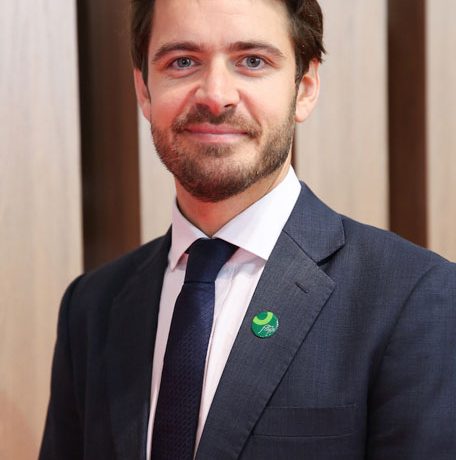Rents fall in Barsha, Bur Dubai, Downtown… and may get cheaper
Office vacancy rates in key sub-markets on decline, says CBRE
Dubai’s residential rental market has started to show more widespread deflationary trends, with average rentals declining by around two per cent during the first quarter 2016, according to property consultancy CBRE.
“Residential properties have faced sliding rates across virtually all locations, reflecting the negative impact of new supply on the market and slowing new job growth caused by ongoing economic challenges in the region,” it said in the latest Dubai MarketView.
“As has been the trend in recent quarters, prime locations have experienced some of the most pronounced declines, with Downtown Dubai in particular witnessing a notable dip in rentals during Q1.
However, we have also seen deflationary pressures creeping into some of the more affordable leasehold locations, including Al Barsha, Oud Metha and Bur Dubai, whist freehold sub-markets such as International City have also suffered more market downturns in performance,” said Mat Green, Head of Research & Consulting, CBRE Middle East.

Prices fall
Average residential sales prices continued to decline, with a further drop of around 2 per cent recorded quarter-on-quarter, after a four per cent decline during the final quarter of 2015.
“This reflects current sentiment, with weaker investor demand, US dollar strength, and sustained economic challenges regionally and globally, combining to create an uncertain transactional market environment,” said Green.
The Dubai Land Department data reveals total real estate transactions were at around Dh55 billion during the first quarter 2016, delivered through 12,568 transactions.
Dubai Marina was again the most prolific sub-market for sales, followed by Burj Khalifa and Business Bay. In terms of mortgages transactions, Dubai Marina was again first, followed by Muaisem 1 and Business Bay.
Based on recent construction updates, close to 15,000 new residential units could complete during the course of 2016, with the majority of these properties from secondary locations such as Dubailand (35 per cent), Dubai Silicon Oasis (20 per cent) and Jumeirah Village (6 per cent). In terms of new supply from the more established sub-markets, Dubai Marina is likely to see the highest allocation, with around 8 per cent of the total new units.

Office demand strong
The office market continues to see strong demand for good quality, efficient, and well located accommodations, resulting in declining vacancy rates in key sub-markets.
In Tecom and Dubai International Financial Centre (DIFC), demand is currently outstripping supply, encouraging a new wave of development starts. This includes the ICD Brookfield Place at the DIFC which will comprise around 1.1 million square feet of Grade A offices and high quality retail. There has also been sustained demand for new freezone licenses, with DMCC currently experiencing positive take-up rates, driven by demand for smaller offices spaces from start-ups and SME’s.
“Overall, the availability of good quality single held offices remains tight, with a surge in pre-leasing activity over the last 24 months stripping a large portion of the recently delivered and upcoming office space from the market before completion,” Green said.
Nearly 800,000 square metres of new office space is expected to be completed over the next three years, with the majority to be located within the Business Bay, which will contribute roughly 25 per cent of the total with a further 10 per cent anticipated from Dubai Trade Centre District.
Average prime CBD office rentals saw some marginal growth with rates increasing to Dh1,916 per square metre per annum, reflecting the sustained demand for well-located and good quality office products.
Collected and published by Arms &McGregor International Realty® editorial team. Get in touched with them at [email protected]

